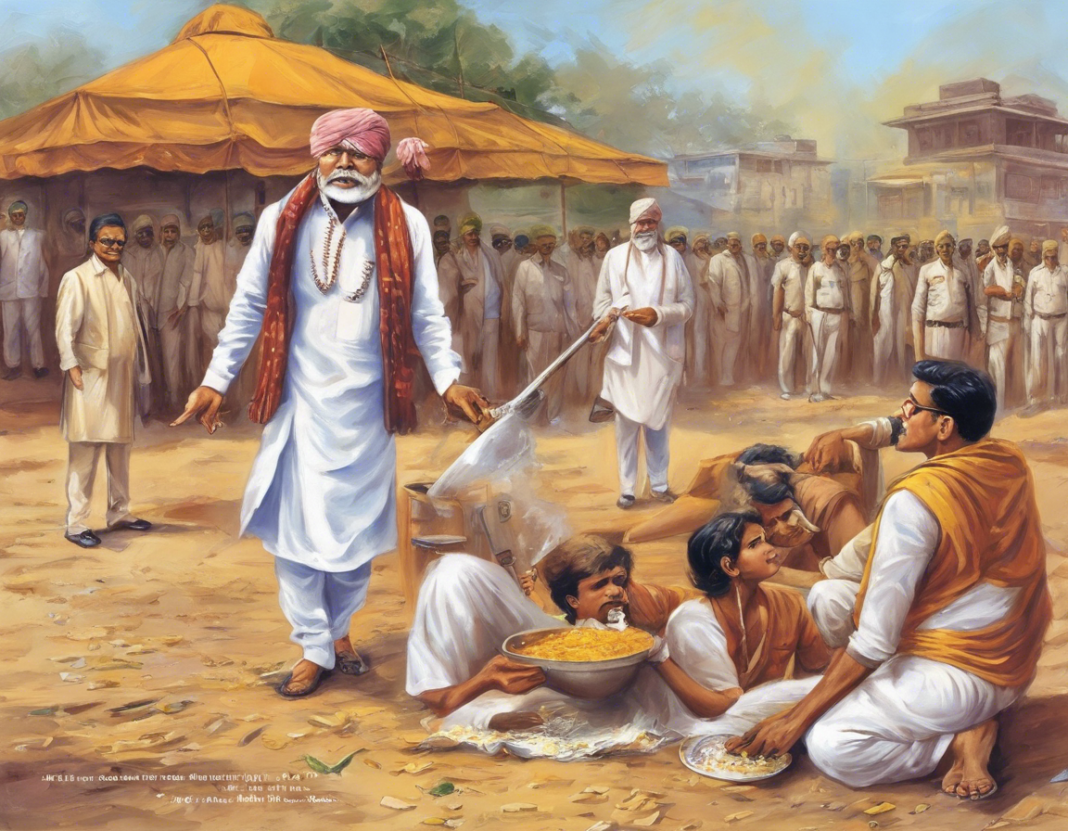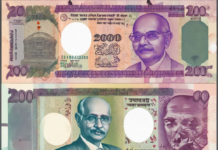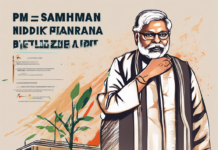India is renowned worldwide for its rich history, with civilizations dating back thousands of years. The discovery and documentation of India’s extensive history have been attributed to several individuals and groups over the centuries. This article delves into the key figures and events that have contributed to unveiling and preserving India’s historical past.
Early Explorers and Chronicles
1. Megasthenes and the Mauryan Empire
Megasthenes, a Greek ambassador to the Mauryan court in the 4th century BCE, wrote one of the earliest detailed accounts of India in his work, “Indika.” His observations on the people, governance, and customs of India provided valuable insights into the Mauryan Empire, particularly under the reign of Emperor Chandragupta Maurya.
2. Chinese Pilgrims: Faxian and Xuanzang
During the 4th to 7th centuries CE, Chinese travelers like Faxian and Xuanzang journeyed to India in search of Buddhist scriptures and relics. Their travelogues and accounts not only shed light on India’s religious and cultural heritage but also on the socio-political landscape of the Indian subcontinent during this period.
Colonial Era Historians and Researchers
1. James Prinsep
James Prinsep, a British scholar and antiquarian, made significant contributions to the decipherment of the ancient Indian script, particularly Brahmi and Kharoshthi. His work was pivotal in unlocking the secrets of India’s inscriptions, aiding in the understanding of its historical chronology and dialects.
2. Sir William Jones
Sir William Jones, a British philologist and jurist, founded the Asiatic Society of Bengal in 1784, which became a hub for the study of Indian history, culture, and languages. Jones’s translation of ancient Sanskrit texts like the “Laws of Manu” helped introduce Indian heritage to the Western world.
Archaeological Discoveries and Excavations
1. Sir John Marshall
Sir John Marshall, the Director-General of the Archaeological Survey of India from 1902 to 1928, played a pivotal role in excavating and preserving key archaeological sites such as Harappa and Mohenjo-Daro, belonging to the Indus Valley Civilization. His pioneering work laid the foundation for the study of India’s prehistoric and ancient past.
2. Rakhaldas Banerji
Rakhaldas Banerji, an Indian archaeologist, conducted excavations at Mohenjo-Daro and other Harappan sites in the early 20th century. His findings contributed significantly to understanding the urban planning, art, and culture of the Indus Valley Civilization, one of the world’s oldest urban societies.
Modern Historians and Scholars
1. Romila Thapar
Romila Thapar, an eminent historian, is renowned for her research on ancient Indian history, particularly early India and its diverse socio-political dynamics. Her books, such as “A History of India” and “Early India: From the Origins to AD 1300,” are seminal works that have shaped the narrative of India’s past.
2. Irfan Habib
Irfan Habib, a leading historian of medieval India, has made significant contributions to the study of Mughal history, agrarian relations, and economic history. His critical analysis of primary sources has enriched our understanding of India’s medieval period and agrarian structures.
Frequently Asked Questions (FAQs)
1. Who discovered the Indus Valley Civilization?
The Indus Valley Civilization was discovered by archaeologist Sir John Marshall in the 1920s during excavations at Harappa and Mohenjo-Daro.
2. How did early European travelers contribute to Indian historiography?
European travelers like Megasthenes, Marco Polo, and Al-Biruni provided invaluable accounts of India’s society, culture, and governance, offering a glimpse into its historical past.
3. What role did the British colonial government play in documenting Indian history?
The British colonial government established institutions like the Asiatic Society of Bengal and the Archaeological Survey of India, which played crucial roles in the documentation and preservation of India’s historical heritage.
4. Why are Chinese travelers Faxian and Xuanzang significant in Indian history?
Faxian and Xuanzang’s pilgrimage to India led to the recording of detailed accounts of Indian society, culture, and religious practices, providing a unique perspective on ancient India.
5. How has modern archaeology reshaped our understanding of ancient India?
Modern archaeological excavations and research, notably by scholars like Rakhaldas Banerji and B.B. Lal, have unearthed new evidence and insights into India’s ancient civilizations, challenging previous historical narratives.
In conclusion, the discovery and understanding of India’s rich history have been a collaborative effort spanning centuries and involving a diverse array of scholars, travelers, archaeologists, and historians. Through their dedicated work and research, these individuals have unlocked the secrets of India’s past, allowing us to appreciate the legacy and cultural heritage of this ancient land.









